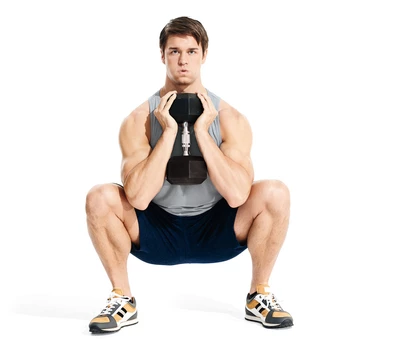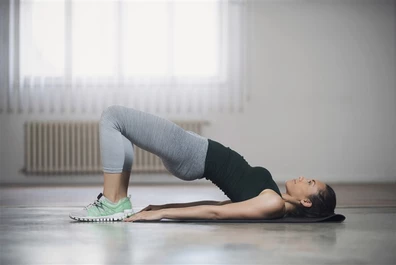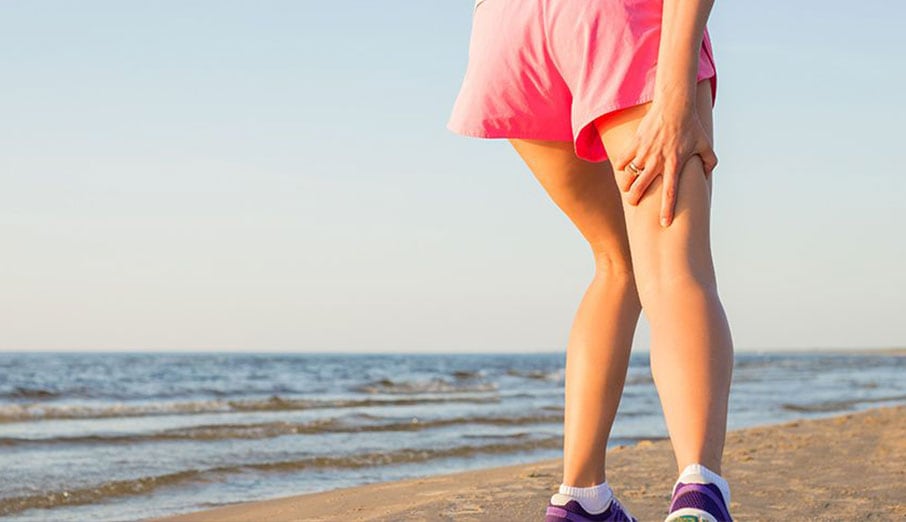Why it’s Important to have a Strong Glute Max
June 6, 2019
*“Strength” incorporates power generation, endurance and control. These all play a role in preventing different injury mechanisms, but for the purpose of ease in this blog they are incoporated all together under the term “strength” or “strong”*
The glute max (short for gluteus maximus) is, as the name suggests, the largest of the gluteal muscles. It is, therefore, the muscle which gives your buttocks most of its shape. It is both a powerful muscle and an important stabiliser.
While many people working on their glute max at the gym, home or elsewhere might primarily be doing so for aesthetic reasons, having a strong glute max plays an important role in limiting the risk of injury, particularly to three areas:
- Lower back
- Hamstrings
- Quadriceps / Knee
When the feet are planted the glute max can act on the position of the pelvis. A strong glute max is therefore helpful in preventing back injuries or pain by controlling the position of the pelvis in the following ways
- Allowing and controlling anterior pelvic tilt to limit lower back flexion load during bending tasks. This reduces the risk of lower back injuries such as joint sprains, disc injury and flexion loading pain.
- Reducing anterior pelvic tilt during standing, walking and running. This reduces extension load on the lower back, reducing the risk of joint sprains and passive extension loading pain
While the hamstrings primarily act upon the knee, they also cross the hip joint and assist the glute max with its role in extending the hip and controlling the position of the pelvis. When the glute max is weak, the hamstrings are therefore placed under greater load. This means that a stronger glute max will reduce the risk of hamstring injury, both acute muscle strains and chronic hamstring tendon pain.

The glutes and the quadriceps work together to generate power during movements such as squatting, jumping, sprinting, going upstairs etc. Greater load is therefore placed on the quadriceps when the glute max is weak. Greater load on the quadriceps also means greater load on the patellofemoral joint, and other structures around the knee. This means that a stronger glute max reduces the risk of:
- Quadriceps strains
- Patellar tendinopathy
- Patellofemoral joint syndrome
- Quadriceps tendinopathy
- Hoffa’s fat pad impingement
- Pes anserine bursitis
Exercises to strengthen the glute max include:
- Bridges (sometimes known as hip thrusts or glute thrusts)
- Squats & Single Leg Squat
- Leg Press
- Dead Lifts
- Arabesque

-
 What Can Make Neck Pain a Headache?
What Can Make Neck Pain a Headache?
Often people experiencing a headache are also experiencing neck pain/tightness a...
-
 How Physio Can Help Your Headaches
How Physio Can Help Your Headaches
Headaches are no fun. Some people will only experience short-term headaches ever...
-
 Muscle Strains
Muscle Strains
Winter sports are back and with them come more muscle strains, particularly hams...
